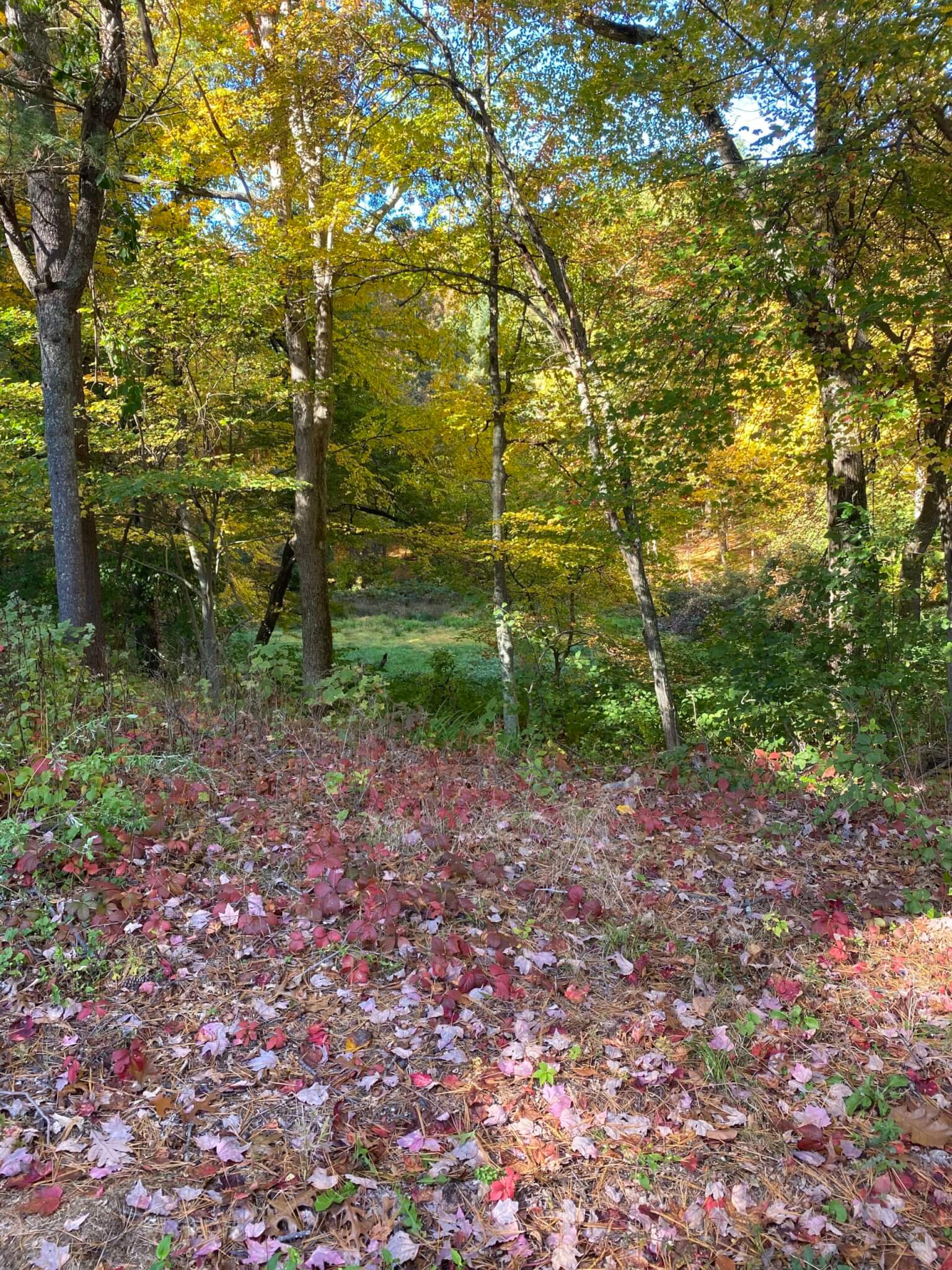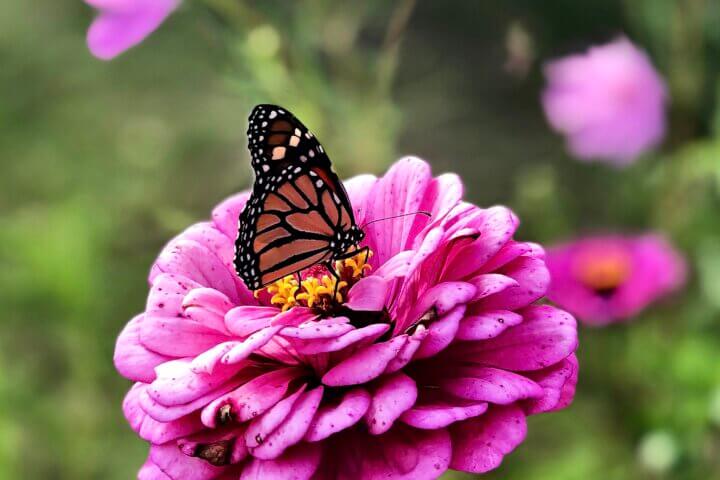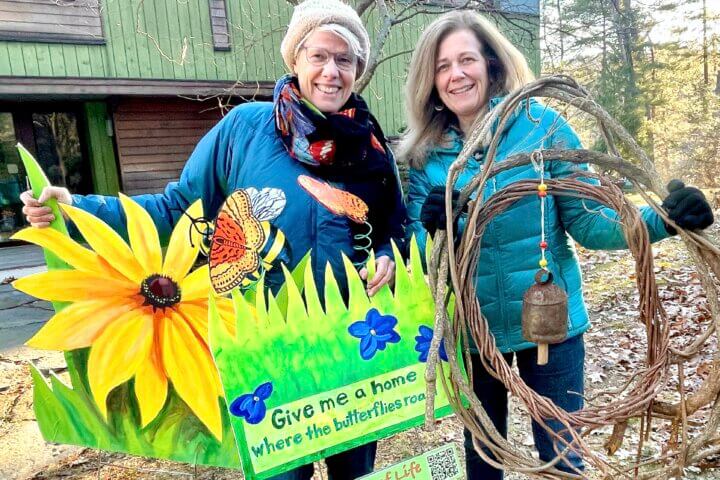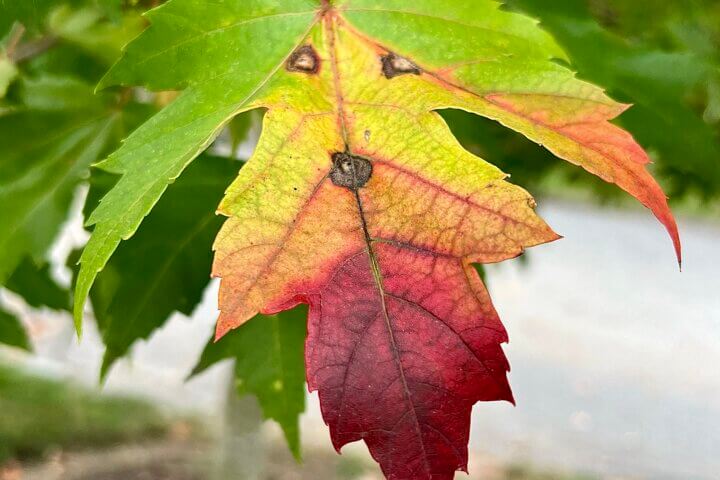“White Pond and Walden are great crystals on the surface of the earth, Lakes of Light. If they were permanently congealed… like precious stones [they would] adorn the heads of emperors; but being liquid, and ample…we disregard them…” Henry David Thoreau, “Walden”
“It’s not the Back Shore of Provincetown, but it’ll do,” I thought as we looked at the 575 sq. ft., winterized, hunting and fishing cabin on White Pond, our new home.
Our adult children would have to visit in shifts; the only visitors we could (uncomfortably) accommodate would be the field mice come winter. The cluster of tiny houses at the end of White Avenue, including our shanty, was built mostly by World War 1 veterans. These small cottages aren’t too different than the dune shacks built by squatters on the shifting sands of the National Seashore, during the same time period. The cottages on White Avenue have the advantage being snowed-in every winter, instead of being buried by sand. The Town’s plow does not touch our end of the road.
Thoreau also described White Pond as “Walden’s lesser twin.”
Our house is sandwiched between two kettle ponds — one a vernal pool and the other, White Pond — both created by a melted glacier.
One of our neighbors told us the vernal pool is part of Henry David Thoreau’s literary legacy, and he was right.
“There is another small, shallow Heart-Leaf Pond, west of White, which countless devil’s needles are hovering over with rustling wing, and swallows and pewees no doubt are on hand.” Henry David Thoreau, “Journal,” June 1873.
Heart-Leaf is no longer found in the pond, yet highbush-blueberry dot its edge, and high grass grows in the summer and fall, when the kettle pond dries out. A family of mergansers was in residence this year.
In the early spring, when the temperature rises to 40 degrees and the wood frogs thaw, they make their way from the woods behind our house to Heart-Leaf, the scene of their birth, and breed. It’s common to see tadpoles frozen in the ice.
The environmentalist and Thoreauvian Walter Brain wrote in a 1988 memo to Concord’s Natural Resource coordinator, “This is one of the best spots in Concord in which to listen to a chorus of wood frogs, a comical-sounding offbeat clatter of mallard-like quacks, very early in the spring, while there is still ice on the pond.”
We were the first people in many years to move to White Avenue. Most of the families had lived there for generations. It’s amazingly quiet. You don’t hear the suburban sounds of grass cutting, hedge clipping, or gas-powered leaf- blowers, as there are no ornamental lawns or hedges. It is among the few neighborhoods in Concord that is not subjected to the sounds of cars and trucks barreling along on Route 2. And, there is no light pollution, as folks who live in wooden tents don’t seem to invest in LED outdoor lights. You can wake up in the middle of the night, look out the window, and marvel at the night sky, without the stars being erased by stadium lights.
It’s as close as one can get to living on Walden and feeling nature’s embrace.





